Description
Geese at full moon by Ohara Koson printed on a T-Shirt
About the T-Shirt
Regular fit
Standard length, the fabric easily gives into movement
Casual wear
A classic, everyday option loved by our customers
Side-seamed
Constructed by sewing two parts together, creating a fitted look
The Unisex Staple T-Shirt feels soft and light with just the right amount of stretch. It’s comfortable and flattering for all. We can’t compliment this shirt enough–it’s one of our crowd favorites, and it’s sure to be your next favorite too!
- Solid colors are 100% Airlume combed and ring-spun cotton
- Ash color is 99% combed and ring-spun cotton, 1% polyester
- Heather colors are 52% combed and ring-spun cotton, 48% polyester
- Athletic and Black Heather are 90% combed and ring-spun cotton, 10% polyester
- Heather Prism colors are 99% combed and ring-spun cotton, 1% polyester
- Fabric weight: 4.2 oz./yd.² (142 g/m²)
- Pre-shrunk fabric
- 30 singles
- Side-seamed construction
- Tear-away label
- Shoulder-to-shoulder taping
- Blank product sourced from Nicaragua, Mexico, Honduras, or the US
Ohara Koson (1877-1945)
Ohara Koson was a Japanese painter and woodblock print designer of the late 19th and early 20th centuries, part of the shin-hanga (“new prints”) movement.
Ohara Koson was famous as a master of kachō-e (bird-and-flower) designs. Throughout a prolific career, in which he created around 500 prints, he went by three different titles: Ohara Hōson (小原豊邨), Ohara Shōson (小原祥邨) and Ohara Koson.
He was born Ohara Matao; it is thought that he started training in painting and design at the Ishikawa Prefecture Technical School in 1889–1893. He also studied painting with Suzuki Kason (1860–1919), although accounts differ on whether this happened during his school years or after he moved to Tokyo in the middle to late 1890s.
In Tokyo, he produced some ukiyo-e triptychs illustrating episodes of the Russo-Japanese War, but most of his production was prints of birds-and-flowers (kachō-e). He worked at first with publishers Akiyama Buemon (Kokkeidō) and Matsuki Heikichi (Daikokuya), signing his work Koson. Starting around 1926, he became associated with the publisher Watanabe Shōzaburō, and signed his work Shōson. He also worked with the publisher Kawaguchi, signing his works Hōson.
Through his association with Watanabe, Ohara’s work was exhibited abroad, and his prints sold well, particularly in the United States. He was active designing prints until at least 1935, and died at his home in Tokyo in 1945.
His work is held in several museums worldwide, including the Toledo Museum of Art, the Brooklyn Museum, the British Museum, the University of Michigan Museum of Art, the Museum of Fine Arts, Boston, the Harvard Art Museums, the Rijksmuseum, the Carnegie Museum of Art, the Saint Louis Art Museum, the Indianapolis Museum of Art, the Museum of New Zealand, the Museum of Anthropology at the University of British Columbia, the Birmingham Museum of Art, the John and Mable Ringling Museum of Art, and the Clark Art Institute.
The Manggha museum in Krakow, Poland held a large retrospective in 2021 from the collection of Romanian musical artist Adrian Ciceu, brother of Eugen Cicero.

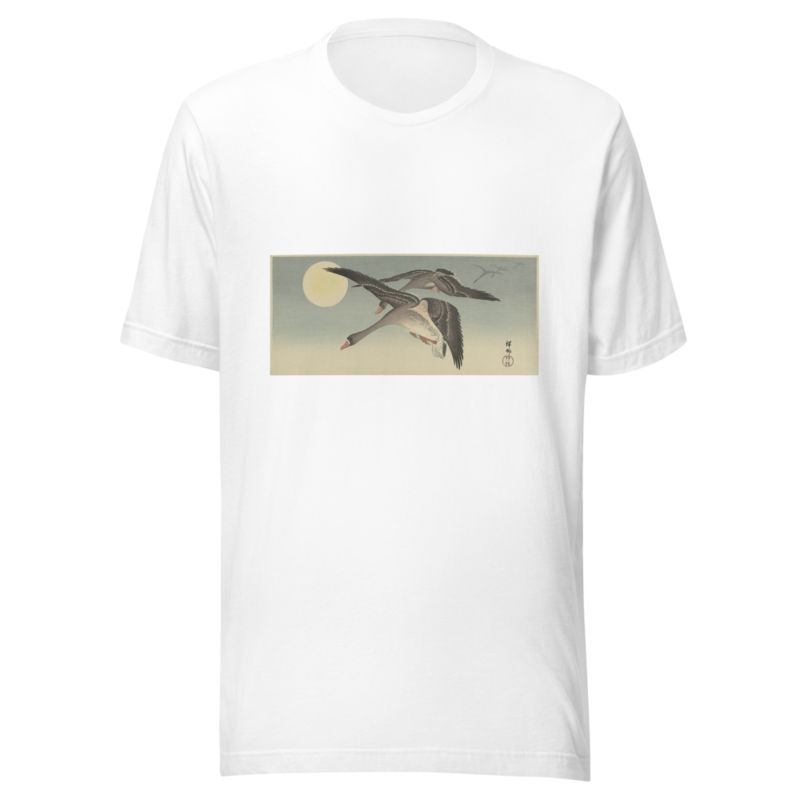
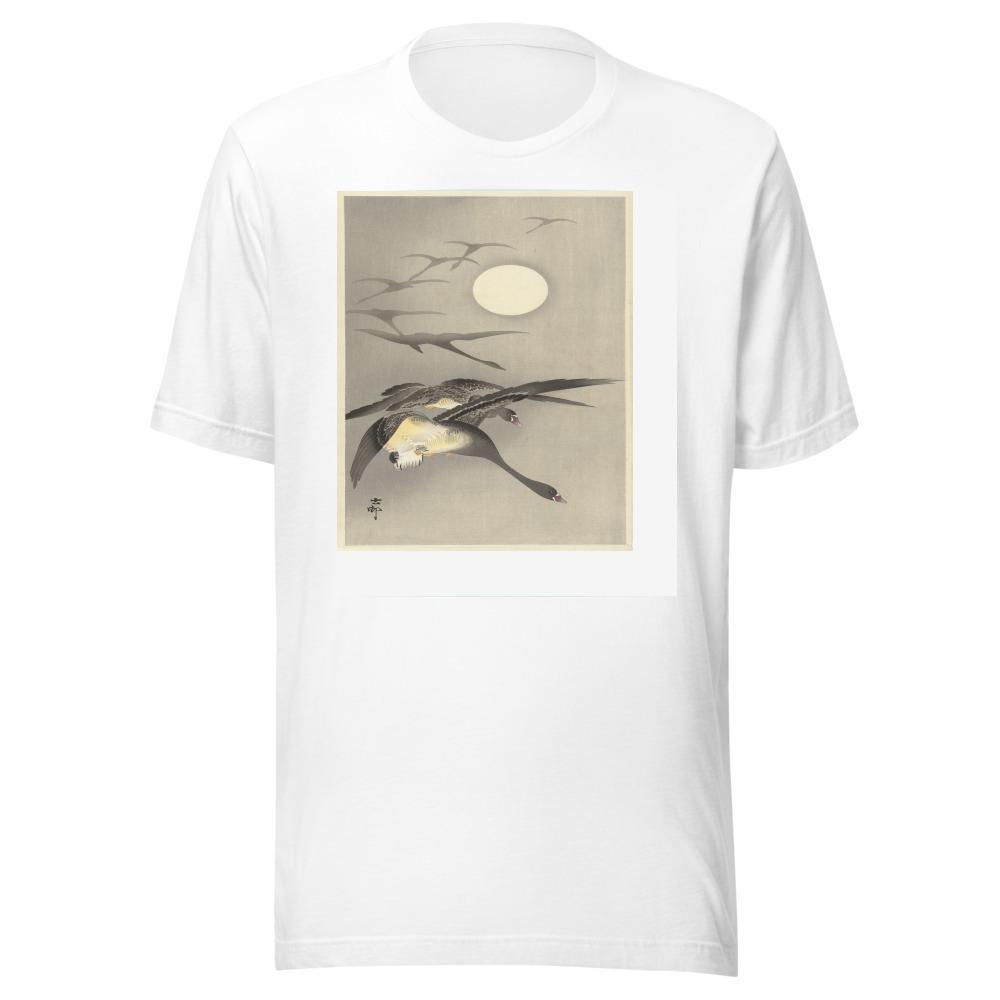
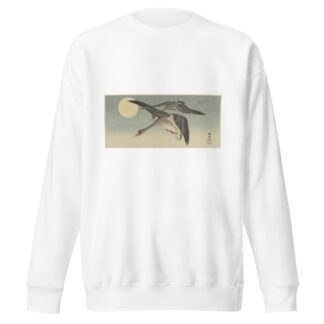
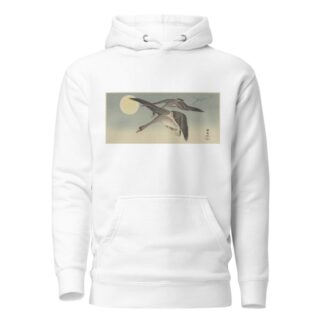
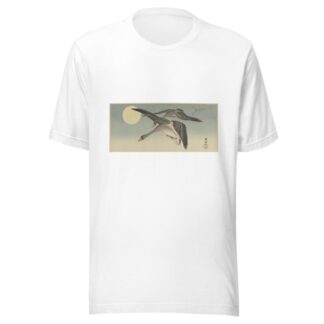
Reviews
There are no reviews yet.